
AeroGenie — あなたのインテリジェントな副操縦士。
現在のトレンド
Categories
Aviation Expert Ehsan Khalid Confirms Both Engines Lost Power in AAIB Preliminary Report
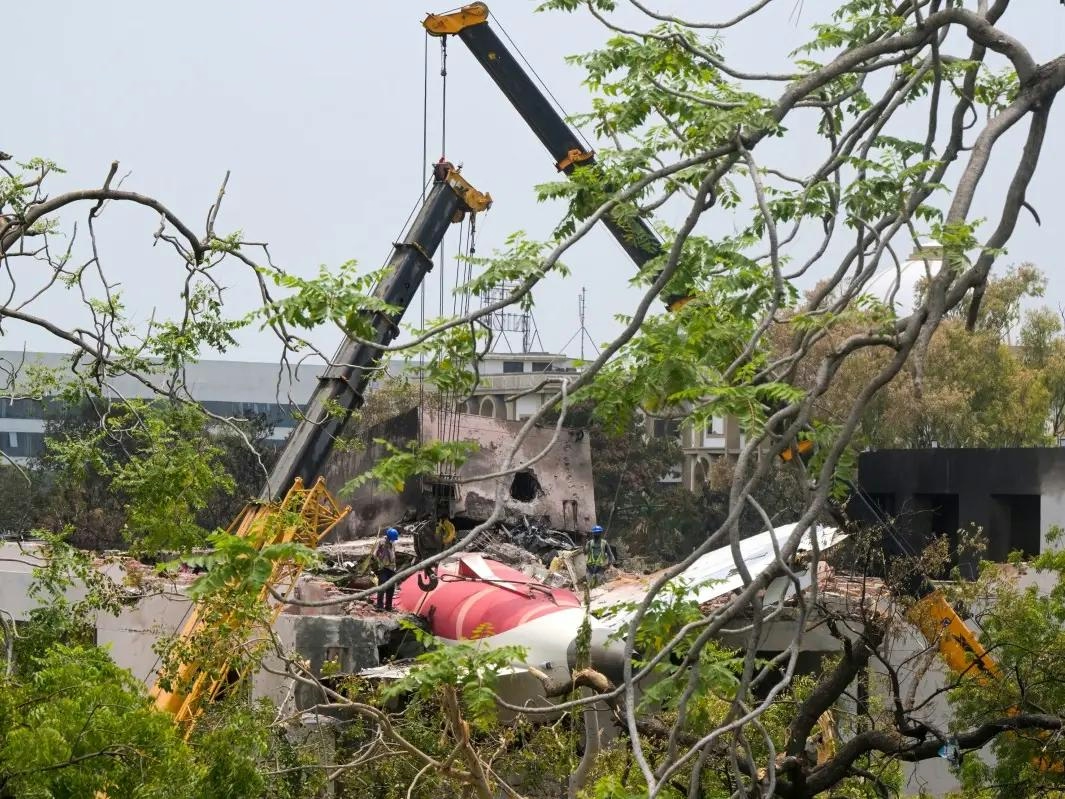
Dual Engine Power Loss Confirmed in Air India Flight AI117 Crash: AAIB Preliminary Report
Aviation expert Ehsan Khalid has affirmed that the preliminary findings from the Aircraft Accident Investigation Bureau (AAIB) confirm both engines of Air India Flight AI117 lost power shortly after takeoff, precipitating the fatal crash in Ahmedabad. Speaking to ANI, Khalid emphasized that the initial report dispels several early theories, including pilot error, sabotage, fuel contamination, flap misconfiguration, or maintenance lapses.
Sequence of Events and Engine Failure
According to Khalid, the aircraft was functioning normally during takeoff, generating full power and reaching the appropriate speed. He noted, “The first three seconds of flight were absolutely normal.” However, at 08:42—just three seconds after liftoff—the AAIB report documents a sudden shift of the engine fuel switches from the ‘run’ to ‘cutoff’ position within one second, resulting in a complete loss of engine power.
Khalid firmly rejected assertions that the pilots intentionally shut down the engines. He explained, “Any suggestion that pilots killed the engines three seconds after takeoff is totally incorrect. The switch in question is a physical one; it cannot be activated accidentally, nor can it move due to any failure or malfunction. There is no automatic movement of the switch. This is conclusively proven by the AAIB report.”
The cockpit voice recorder further corroborated that both pilots were aware of the power loss and confirmed they had not caused it. Khalid recounted, “At that particular instance, the aircraft stopped producing power. The pilot asked the other, ‘Why did you cut off the switch?’ and the response was, ‘I didn’t do it.’ This shows the pilots were aware of the power loss but did not initiate it.”
Ongoing Investigation and Industry Impact
Preliminary investigations indicate that the dual engine failure resulted from an unexplained fuel supply cutoff, though the precise cause remains under active inquiry. The crash claimed 260 lives, including 229 passengers, 12 crew members, and 19 individuals on the ground.
The tragedy has triggered immediate scrutiny of Air India’s safety protocols and may prompt heightened regulatory oversight. Industry analysts anticipate a potential decline in passenger confidence, while competing airlines are expected to undertake rigorous safety reviews and issue public assurances regarding their operational standards.
Authorities continue to urge the public and industry stakeholders to await official updates for the most accurate and comprehensive information as the investigation progresses.
Comments
- J
Joanne Moreno
I would like to take a moment to share my positive experience with Recovery Hacker101. Initially, I was unsure if it would be possible to recover my stolen bitcoins. However, with their expertise and professionalism, I was able to fully recover my funds. Unfortunately, many individuals fall victim to scams in the cryptocurrency space, especially those involving fraudulent investment platforms. However, I advise caution, as not all recovery services are legitimate. I personally lost $273,000 worth of Bitcoin from my Binance account due to a deceptive platform. If you have suffered a similar loss, you may be considering crypto recovery, The Recover Hacker101 is the most knowledgeable and effective, Recovery Hacker101 assisted me in recovering my stolen funds within 24 hours, after getting access to my wallet. Their service was not only prompt but also highly professional and effective, and many recovery services may not be trustworthy. Therefore, I highly recommend Recovery Hacker101 to you. i do always research and see reviews about their service, For assistance finding your misplaced cryptocurrency, get in touch with them, They do their jobs quickly and excellently, Stay safe and vigilant in the crypto world. You can reach them via email at recoveryhacker101@gmail.com
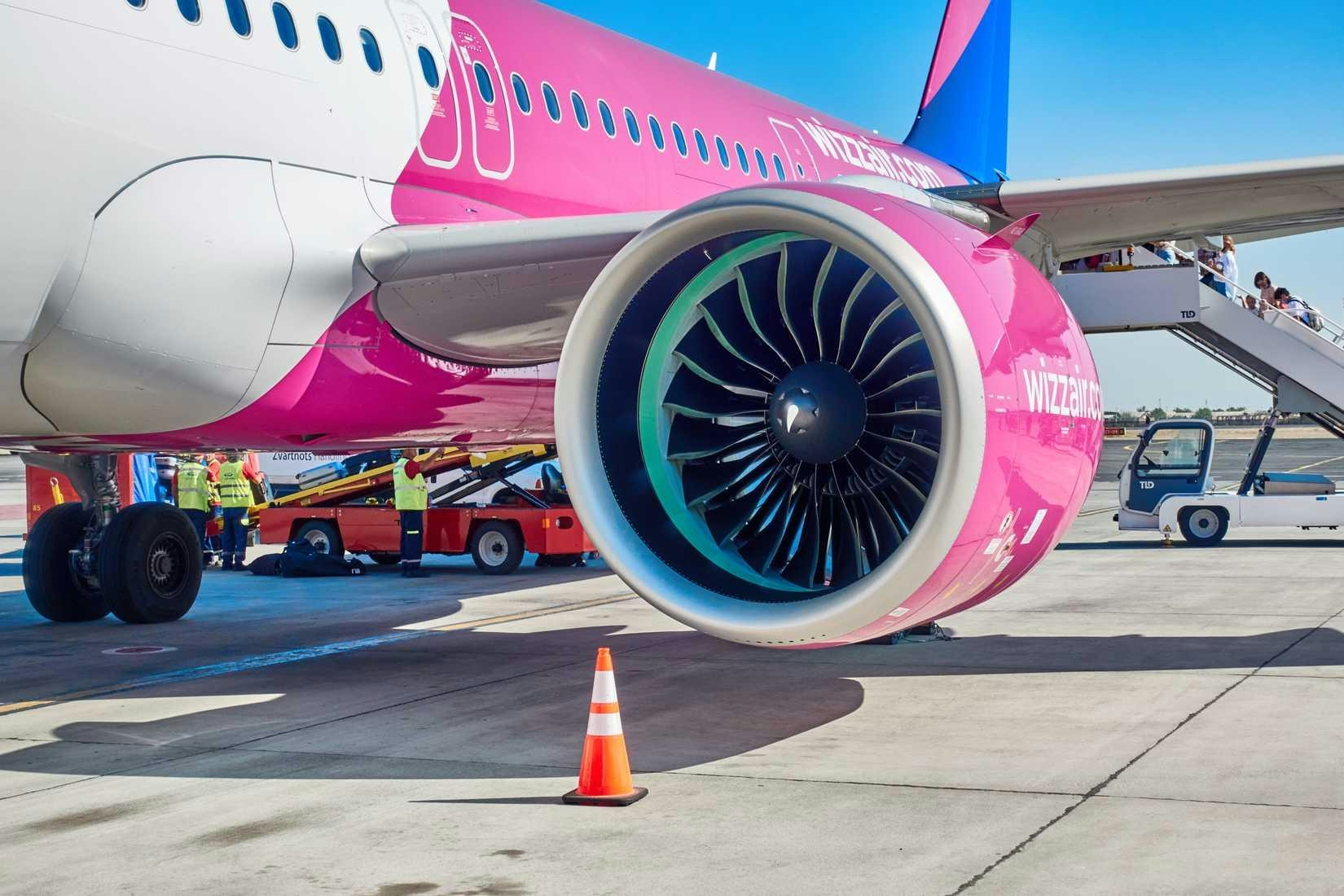
Airbus Surpasses Boeing 737 Deliveries Amid Turkish Airlines’ Potential Order Shift

The 15 Best Airlines Worldwide According to Travelers in 2025
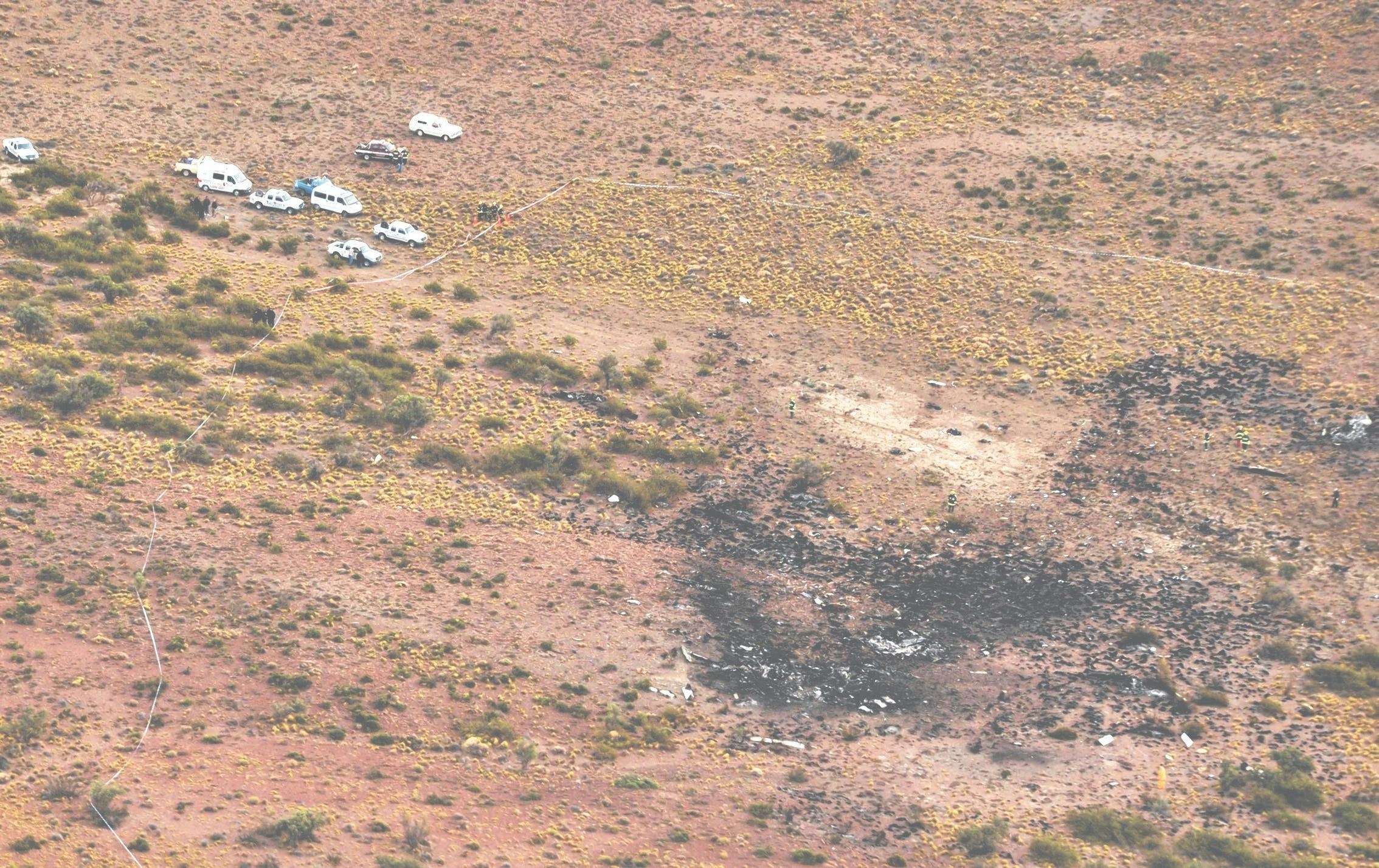
Rex passenger describes 'terrifying' mid-air engine failure days after fire

Airbus Forecasts 3.6% Annual Growth in Aircraft Services Through 2044
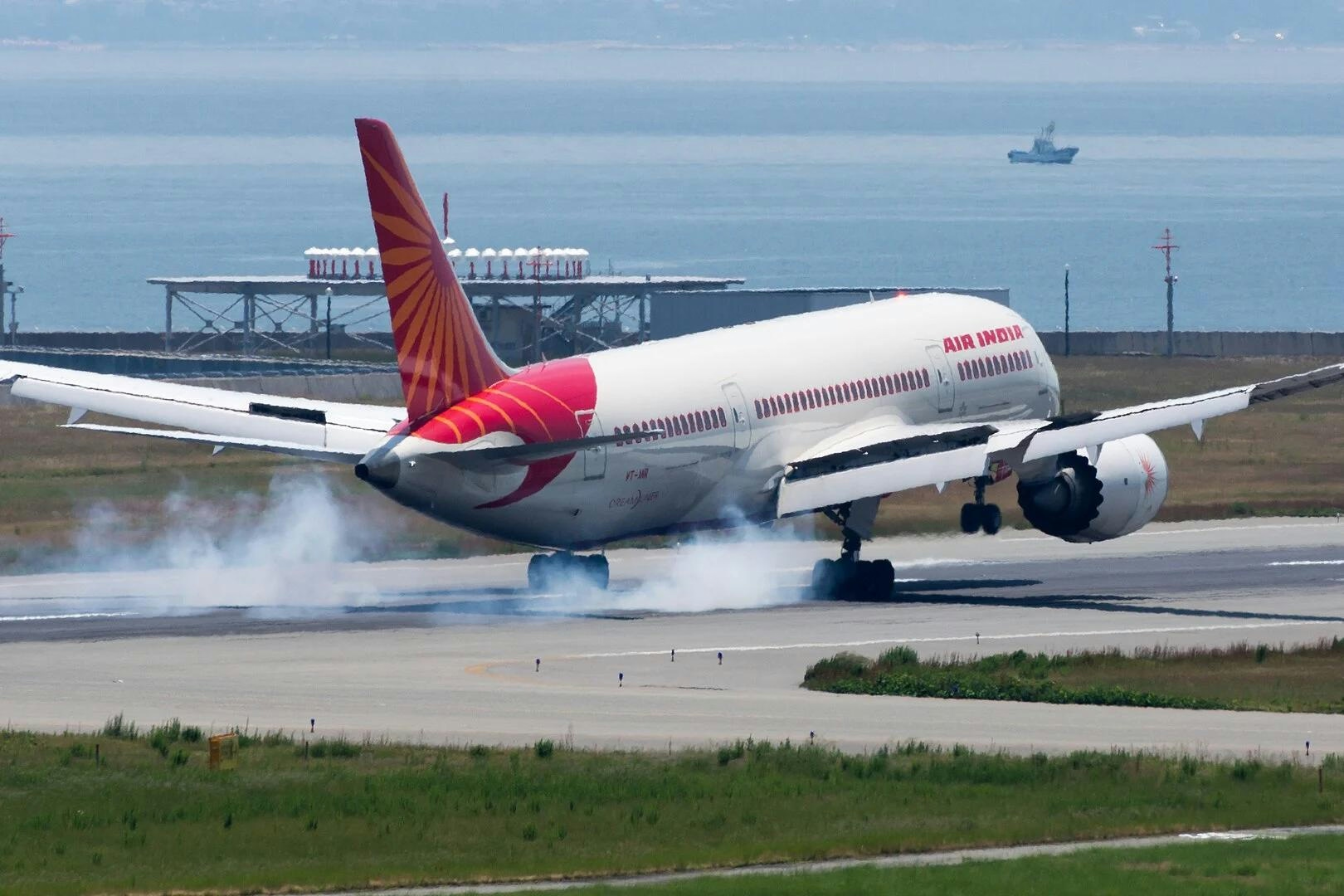
Pilot's association demands grounding of all Air India Boeing 787 flights, cites repeated technical snags

Deloitte Outlines Technology Priorities for 2025
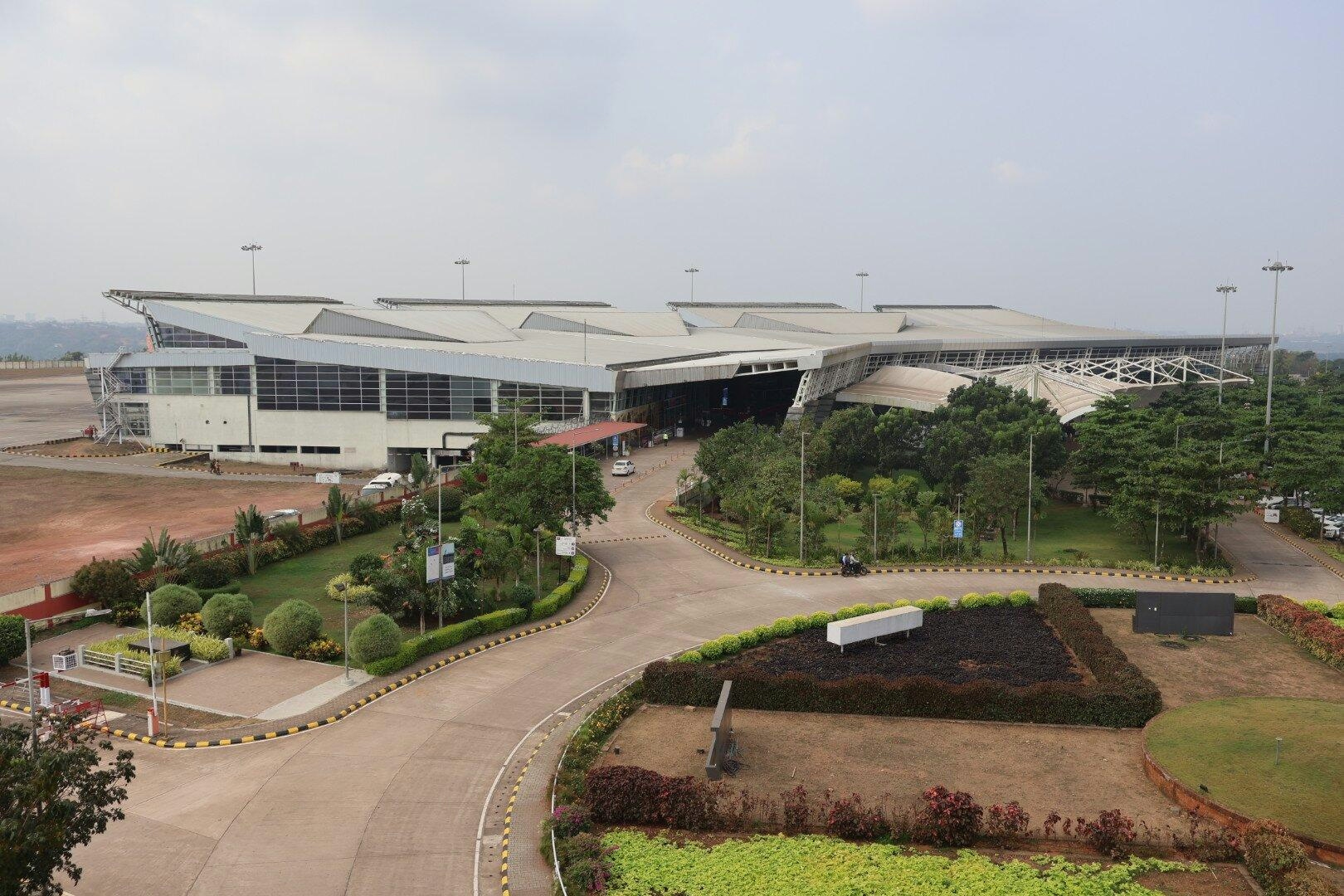
Airports Authority of India Highlights Innovation and Sustainability at Routes World 2025

World Aviation Festival 2025 Announced

Delhi-Bound AI Dreamliner Diverts to Dubai; FIP Calls for B787 Inspections
